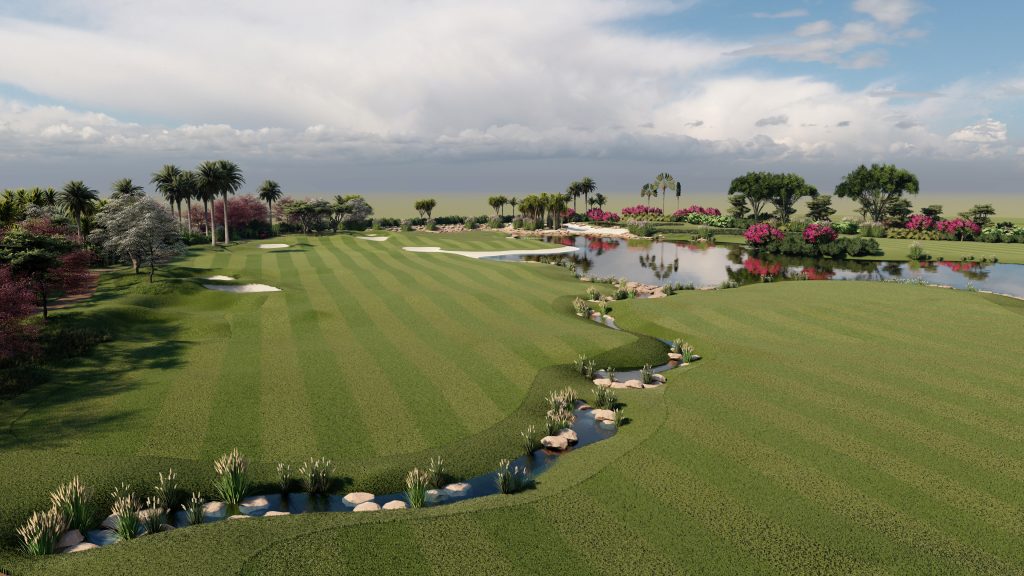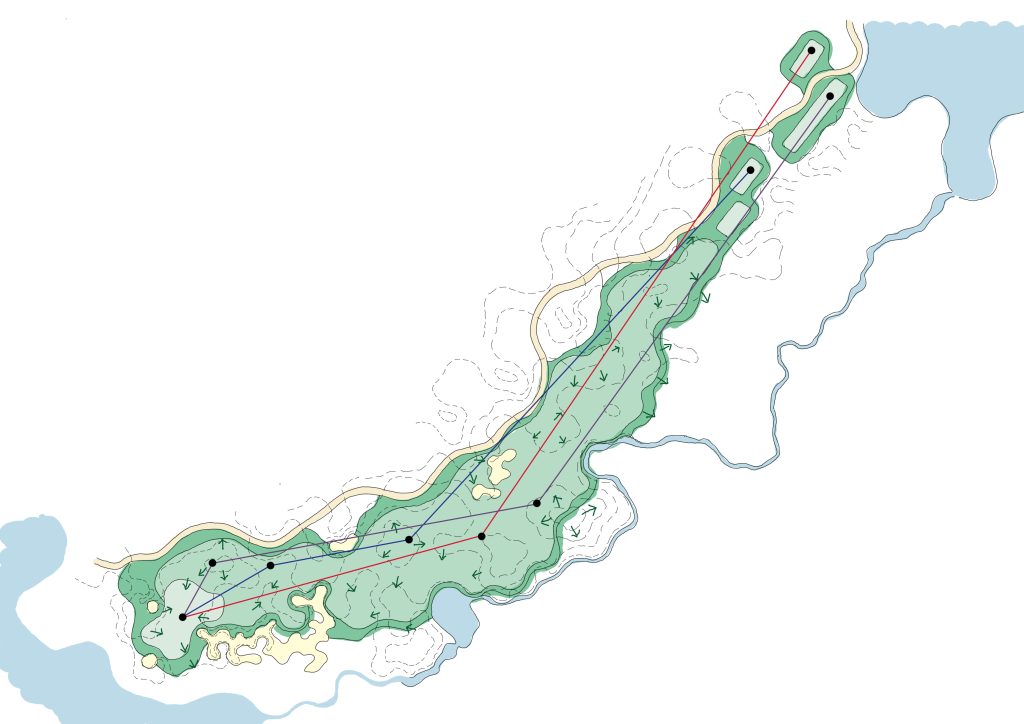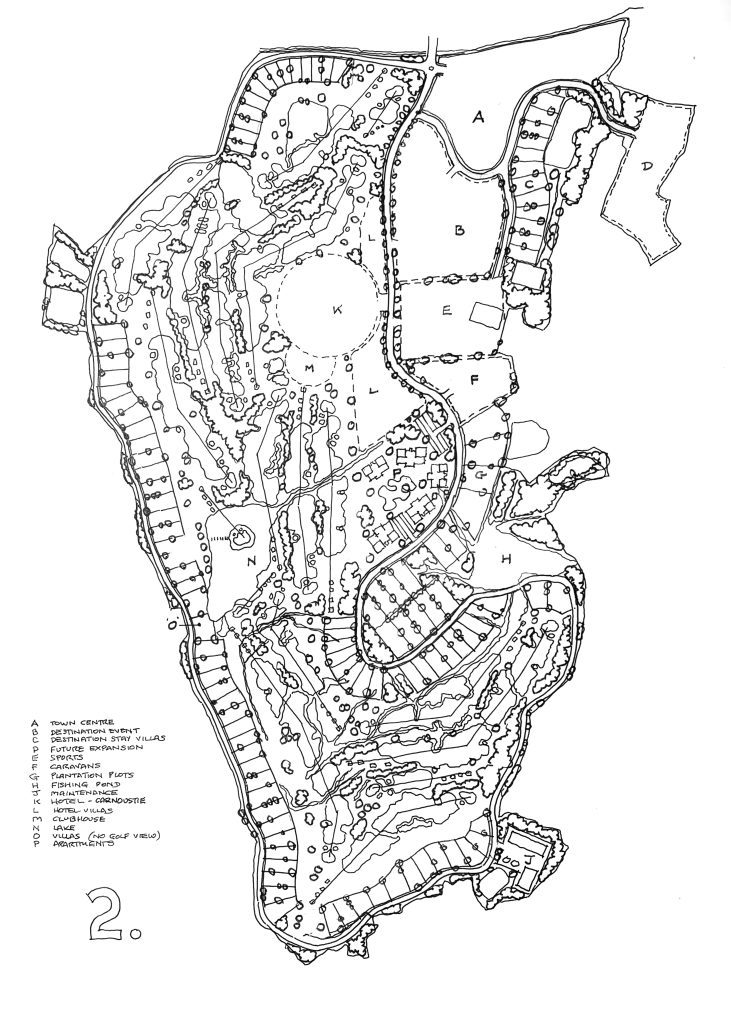
In this article, we delve into the innovative trends shaping golf course design, exploring why they matter and how they can be effectively implemented.
Playability-focused Design:
Playability is at the heart of every successful golf course. Players seek courses that offer a balance of challenge and enjoyment, catering to a wide range of skill levels. To enhance playability, designers are embracing several key trends:
Multiple Tee Boxes:
Incorporating multiple tee boxes of varying lengths allows players to choose the level of challenge that suits their skill level, enhancing inclusivity and enjoyment for all.
Strategic Bunkering:
Thoughtful placement of bunkers can create strategic challenges without overly penalizing errant shots, promoting strategic thinking and enhancing the overall playing experience.
Flexible Course Routing:
Designing courses with flexible routing options enables clubs to adjust layouts for tournaments, events, or maintenance without sacrificing playability or aesthetic appeal.

Sustainable Design Practices:
Sustainability
has become a cornerstone of modern golf course design, driven by growing environmental awareness and the need to conserve natural resources. Incorporating sustainable practices not only minimizes environmental impact but
also reduces operating costs and enhances the long-term viability of golf courses. Key trends in sustainable design include:
Water
Conservation: Implementing water-efficient irrigation systems, incorporating drought-resistant grasses, and utilizing recycled water sources help minimize water usage and protect precious resources.
Native
Landscaping: Incorporating native vegetation not only enhances the natural beauty of the course but also reduces the need for excessive maintenance, pesticides, and fertilizers, creating healthier ecosystems.
Renewable
Energy Integration: Embracing renewable energy technologies such as solar panels and wind turbines can help golf courses reduce their carbon footprint and lower energy costs while promoting sustainability.

To implement these innovative trends effectively, collaboration and careful planning are essential. Golf course architects, environmental consultants, club owners, and stakeholders must work together to ensure that design goals are aligned with the needs of players and the environment. Here are some key implementation strategies:
Conduct Comprehensive Site Analysis:
Before beginning the design process, conduct a thorough site analysis to identify natural features, environmental constraints, and opportunities for sustainable design integration.
Engage Stakeholders:
Involve golfers, club members, and local communities in the design process to gather input, build consensus, and ensure that the final design meets the needs and expectations of all stakeholders.
Embrace Innovation:
Stay abreast of the latest advancements in golf course technology, sustainable practices, and design trends, and be willing to embrace innovative solutions that enhance playability and sustainability.
Prioritize Long-Term Sustainability:
Design with the future in mind, incorporating features and practices that promote resilience, resource efficiency, and environmental stewardship for generations to come.
Innovative trends in golf course design are revolutionizing the way we approach the game, placing a renewed emphasis on playability, sustainability, and environmental stewardship. By embracing these trends and implementing them thoughtfully, golf course architects and stakeholders can create spaces that not only challenge and inspire players but also respect and protect the natural world. As the golf industry continues to evolve, it is essential to embrace innovation and sustainability to ensure the long-term success and enjoyment of the game.
